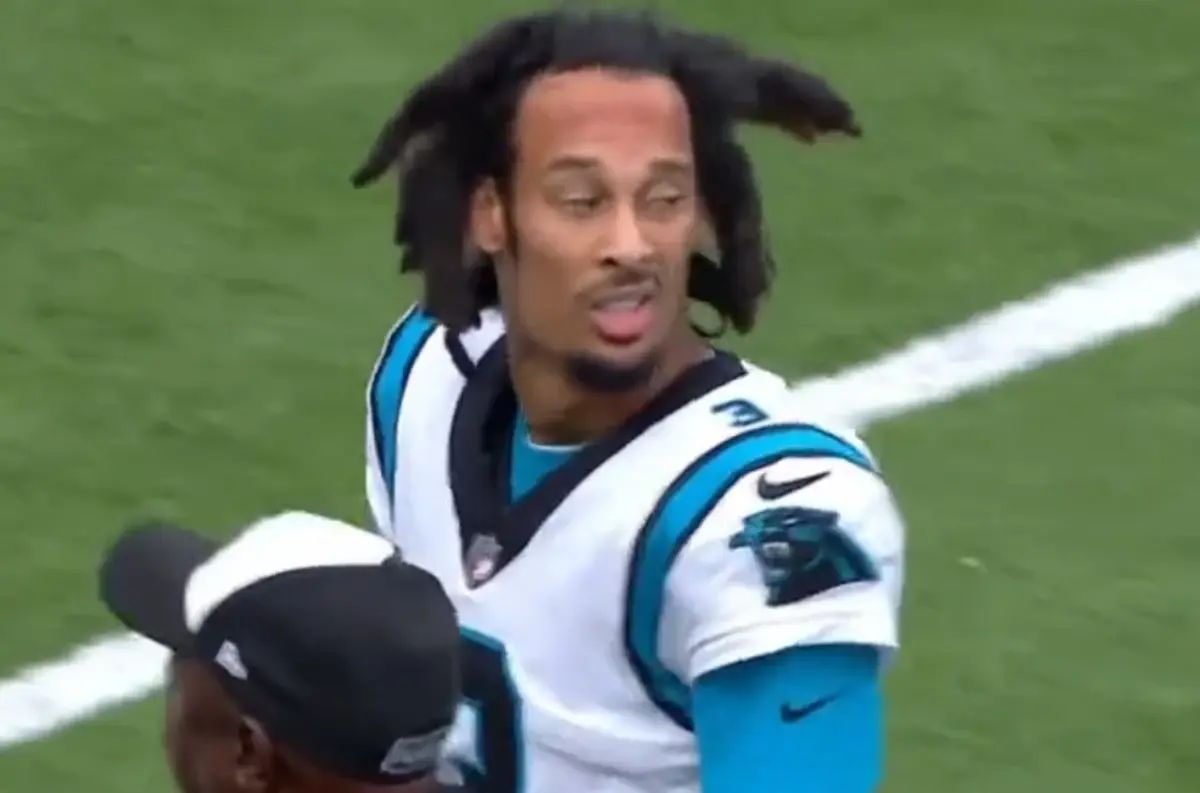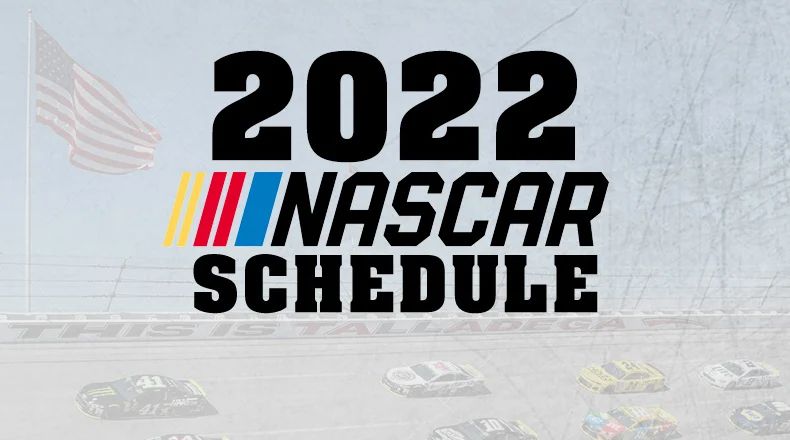With 16 victors in the first 26 races, which tied the previous record, the field for the 2022 Cup playoffs is set. Let's compare the drivers of this year to those who have previously been title candidates.
The playoffs drivers from the 2017–21 seasons, all of which employed the same playoff format as this season, serve as the comparison group. I identified seven indicators in that group that distinguished the ultimate winners from the runner-ups.
1. Champions who were successful in the playoffs advanced
The win total after 26 races is plotted against each driver's final season ranking in the graph below. I gave the symbols varying sizes to separate drivers with identical rank and win totals. The various colors represent the various years, each with a unique emblem.
Two thousand eighteen squares, 2019 diamonds, 2020 stars, and 2021 triangles are the keys.
6.25% of drivers this year, including Ryan Blaney, made the playoffs without having claimed a victory. 23 (28.7%) of the 80 drivers who competed in the last five playoffs did so without winning a race.
Of those 23 drivers, only one (4.3%) made it to the championship four. Denny Hamlin was that in 2021.
Even though it might appear that Blaney is benefiting from this, Hamlin finished the regular season only 18 points behind eventual champion Kyle Larson. Chase Elliott, the regular-season champion in 2022, finished 138 points ahead of Blaney.
No driver who made the playoffs finished the season higher than fifth place, except Hamlin. The three initially winless drivers, Elliott (2017), Aric Almirola (2018), and Kevin Harvick, fought their way to fifth (2021).
Out of the 23 drivers without a victory, eight advanced to the round of eight.
2. To qualify for the playoffs, the most successful drivers won more than one race.
Seven (43.8%) of the 16 athletes competing this year have just one victory in the playoffs. Compared to the average of 33.8% over the previous five years, that is over a third more.
But seven drivers also qualified for the playoffs last year with just one victory. In 2018 and 2019, only three drivers won a race by themselves, which lowers the average.
The bad news for single-win drivers is that, from 2017 to 2022, 70.3% of the 27 drivers that entered the playoffs with a single win did not advance past the round of eight.
And only 40.7% made it beyond the first round of cuts. Five (45.4%) of the 11 drivers eliminated in the first round triumphed at a superspeedway in their playoff-qualifying race, while three (27.3%) did so on tracks between one mile and one a half miles.
3. Championship contenders know that past victories do not guarantee victory in the playoffs.
Even though two of our 80 drivers missed the first round, they scored many victories. In 2021, Alex Bowman entered the playoffs with three victories, while Ricky Stenhouse Jr. had two. Mistakes and bad luck can quickly undo a strong regular season.
Elliott will be pleased to learn that all four-win drivers have advanced to the round of eight. The fact that the driver with the most wins entering the playoffs doesn't always win the title or even make it to the final four will make him less satisfied.
4. Future champions make up for disappointing results with victories
This year, every driver had poor finishes. The candidates for the title are those who consistently put forth strong performances to maintain a low average finishing rank. How far a driver advances in the playoffs correlates with their finish position.
But, like with all of these numbers, it's only a suggestion, not a promise.
On average, no driver who finished in a position higher than 17 has advanced to the round of eight. Austin Dillon, William Byron, Chase Briscoe, Tyler Reddick, and Hamlin are in danger if that figure holds.
The average finish position for the championship-four drivers was 14.1 or lower. That might be difficult for Bowman, Christopher Bell, Austin Cindric, Joey Logano, and Daniel Suárez.
On the other hand, on average, drivers who finished in ranks as low as 11.8 were disqualified in the first round. That includes everyone but Elliott this year.
Despite finishing the season in fifth place, Harvick had the best average finishing position (6.6) of any driver in the five seasons of this playoff structure in 2020.
5. Leading athletes in many events
During the regular season, drivers who finish in the top four lead laps at numerous tracks.
In 2018, 10 tracks were the fewest number where a driver led laps and finished fourth in the standings.
However, a driver who had taken the lead in ten different races in 2020 was disqualified in the first round.
6. Strong competitors arrive with numerous top-10 finishes.
The win-and-you-rein strategy's drawback is that it allows for the admission of drivers with just one victory and an otherwise average season. The following graph demonstrates a significant relationship between top-10 finishes and the driver's season-ending position.
No driver has ever made it to the final four without at least 13 top-10 finishes going into the playoffs. Elliott, Logano, Chastain, Larson, Harvick, Bell, and Kyle Busch meet that requirement this year.
However, drivers with 13 top-10 finishes were also disqualified in the first round. The structure of elimination results in that. Even the best drivers can lose if they have bad luck in one round.
With 22, Harvick had the most top-10 finishes in 2018, yet he came in third. However, the earlier a driver is eliminated, the fewer top-10 finishes they have.
7. Championseekers accumulate playoff points
Blaney leads Reddick and Harvick, who have each won two races, in the playoff standings despite not having a victory. During the season, Blaney won five stages, Reddick one, and Harvick none. Dillon is the only other driver without a stage victory.
Larson had 58 playoff points going into the 2021 season, the most of any player over the previous five years. The regular season championship bonus of 15 points is also included in that.
Elliott enters the playoffs this year with 40 points, including the 15-point bonus and four victories for five points each.
But in 2018, Harvick had 54 points going into the playoffs, while Logano had just 10. Logano took home the title.
The fact that no driver with fewer than ten playoff points advanced to the final four under the current system is perhaps more significant. Suárez, Cindric, Bowman, Dillon, Briscoe, and Suárez all have fewer than ten playoff points.
A driver hasn't advanced to the final four if they entered the playoffs with fewer than five stage victories. However, in 2022, a playoff driver can only have five stage victories. That has been done by four drivers: Elliott, Logano, Blaney, and Chastain.
Although drivers without stage victories are typically eliminated before the eighth round, they have advanced as high as sixth in some races. Given that Harvick seems to defy most trends, you can probably guess who it was.
This year, everything is distributed among more drivers than in years before, including race wins, stage wins, points, and top 10 finishes. The seven habits of championship contenders may or may not still apply in the Next Gen era.



Login To Leave a Comment